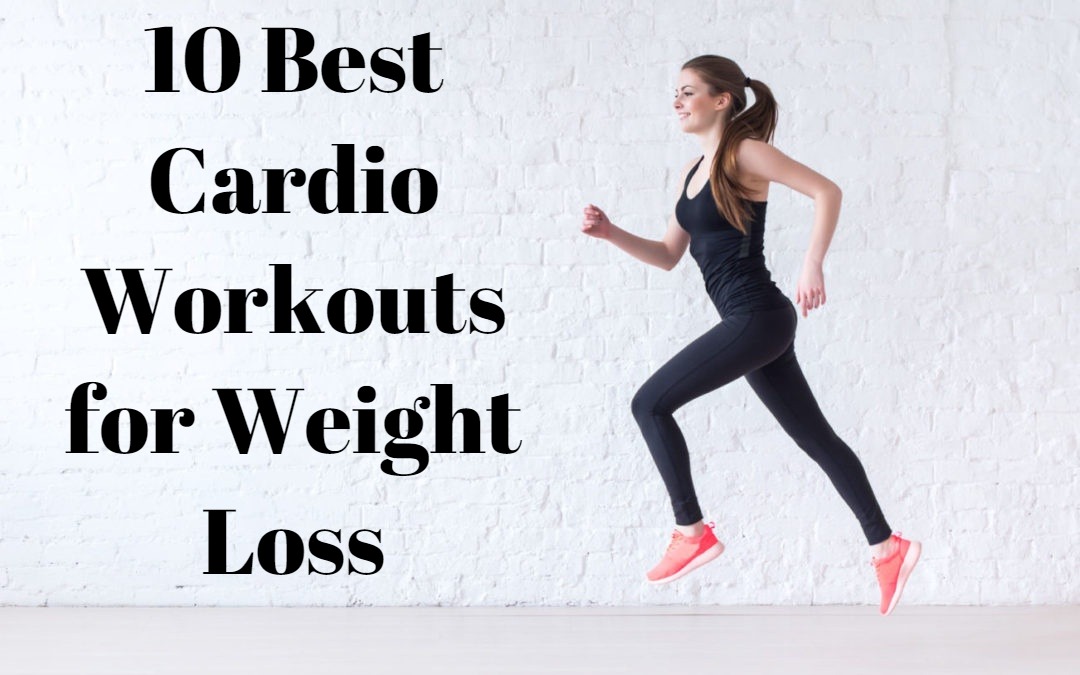We’re gonna be looking at the idea that the knees shouldn’t go past the toes in the squat because it’s an improper technique or more likely to cause injury to the knees.
Where did this idea come from?
This idea is pretty common in personal training circles and I think it’s one of those bits of dogma that have just gotten handed down over time without any real thoughtful consideration of the scientific literature.
We think the idea probably originates from a 1972 study which found that of the 12 study subjects, the subject that the greatest forward knee movement also had the greatest sheer force on the tibia-femoral joint. So the joint that connects the tibia the big shin bone to the femur the big bone of the upper leg and sheer force in this context just refers to a pair of opposing forces as to say one force that pushes the tibia forward and another that pulls the femur back and if these shearing forces get too high it can result in knee pain and if taken to the extreme ACL tears or other injuries.
Recent literature has taken a hard line against this dataset for not controlling for squat depth and not including a description of the squat technique they use. Now leading to the speculation that perhaps the shearing forces were due to a very upright posture.
Probably most commonsensical II I think the knees can clearly go past the toes without causing issues, for example, when you go down the stairs your knees clearly go past your toes but this hardly ever causes pain in healthy knees. Also in sports like Olympic, weightlifting, you’ll very often see very extreme angles of knee flexion with the knees way out past the toes and while injuries certainly do occur, many of these athletes don’t experience any knee issues.
We shouldn’t base technique guidelines for multi-joint movements by only considering the forces involved at one joint while ignoring forces at the other joints.
In 2003, fry and colleagues, compared knee and hip torques in two variations of the squat. One where their knees were permitted to travel past their toes and the other where a wooden board prevented the knees from moving past the toes. The squat was taken to parallel in both cases and as expected knee torque was greater when the knees traveled further forward. So in the unrestricted squat. So there was a difference of 150 Newton-meters in the normal squat versus 117 Newton meters in the restricted squat.
The authors to suggest that it is appropriate to permit forward displacement of the knees past the toes during this exercise to permit proper positioning of the torso. Obviously, this forward displacement must not be excessive but instead should be carefully regulated.

THE 2 SQUAT CONDITION USED. (A) UNRESTRICTED SQUAT, WHERE THE KNEES ARE ABLE TO MOVE ANTERIORLY AS FAR AS NECESSARY. NOTE THE LINE ILLUSTRATING THE AMOUNT OF ANTERIOR DISPLACEMENT OF THE KNEES RELATIVE TO THE TOES. (B) RESTRICTED SQUAT, WHERE A VERTICAL BOARD RESTRICTS ANTERIOR KNEE DISPLACEMENT.
So basically as you can see in the image forcing the knees to stay back will force lifters to lean further forward increasing strain on the hips and low back. So to me, this seems like a bit of an unreasonable trade-off a slight reduction in the knee to work for a massive increase in the potential for shear forces at the lower back.
This idea is supported by data from list and colleagues suggesting that there’s less stress on the lower back during an unrestricted squat than during a restricted squat and practitioners shouldn’t be overly strict with athletes or clients in coaching against anterior knee displacement during the performance of the squat.
Proper Technique of squat

To make this a little more actionable, I think a good squat meets a few main criteria and the knees not going past the toes isn’t one of them.
- The heels must stay firmly planted on the ground.
- The weight of the bar must stay centered over the middle of the foot.
- Your knees should point in the same direction as your toes.
These are the main principles and I would say the rest of the technical details as ice it will depend on your body’s proportions which are determined mainly by your skeleton that you really can’t do anything about.
So how much forward lean you’ll have in the squat will rely largely on your femur length especially relative to your tibia and you’ll necessarily have more forward lean if you have longer femurs. Your skeleton can also strongly affect how deep you can go and how deep you should go on the squat and I think rather than endorsing across-the-board ask to grass squat the approach I recommend is to go as deep as you comfortably can but the goal of trying to reach I guess at least parallel as this sort of minimum standard for strength and size goals.
IN THIS POST-:
Sources:
https://link.springer.com/chapter/10.1007/978-1-349-02612-8_7
https://www.ncbi.nlm.nih.gov/pubmed/23821469
https://www.ncbi.nlm.nih.gov/pubmed/14636100
Helpful Resources:
http://www.lookgreatnaked.com/blog/knees-past-toes-during-the-squat/
https://www.youtube.com/watch?v=UmknaFEFcF0



